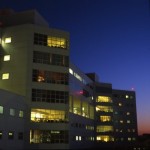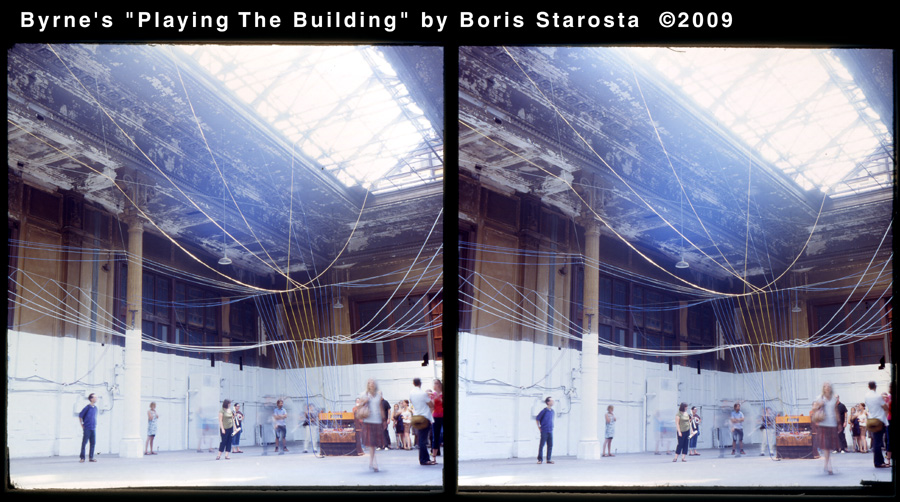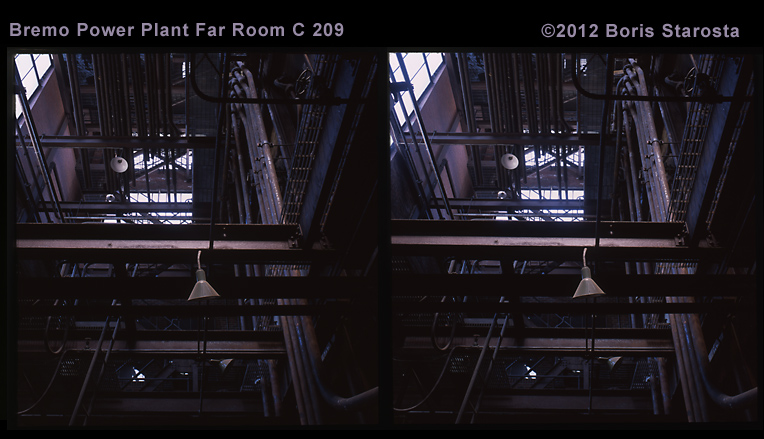
Date: April 2012
Tech:
Available light exposure of 1 second on FUJI Provia RDPIII film, at f22, with a modified TL120 (65mm lenses) on loan from John Thurston. This is the original slide.
Notes:
Earlier this year I had the chance to photograph inside an old coal fired power plant. Chuck Holzner and I travelled to the plant three times with various MF and digital cameras, and this slide is just one of probably over a hundred made coming out of those expeditions. The plant is in Fork Union / Bremo Bluff, VA, and was built about 1930. It was the first plant to be built with an “automatic” central control room. That means that valves, pumps, and other control elements could be remote-controlled electrically from the control room. This plant was decommissioned in the 1950s and now sits adjacent a newer plant.
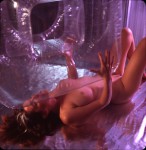
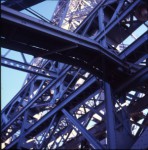

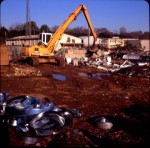
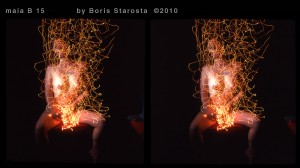 Maia is a bit soft because she’s just trying to sit still for 30 seconds, while I pull the pile of lights out of her lap.
Maia is a bit soft because she’s just trying to sit still for 30 seconds, while I pull the pile of lights out of her lap. European countries, Spain, Mexico, or other countries in South America. Sometimes the guests are so interesting, you hardly need to see the rest of the city. I stay there once or twice a month, because I have a part-time job driving a coach bus to and from NYC from Charlottesville. I always bring my bicycle.
European countries, Spain, Mexico, or other countries in South America. Sometimes the guests are so interesting, you hardly need to see the rest of the city. I stay there once or twice a month, because I have a part-time job driving a coach bus to and from NYC from Charlottesville. I always bring my bicycle.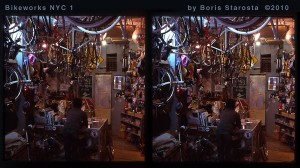 To obtain this exposure, I held the camera upside down against the door frame above my head, shimmed a bit with a bicycle cog under the front edge of the camera (I couldn’t bring a tripod on my bike). I took numerous pictures this way, bracketting my exposures.
To obtain this exposure, I held the camera upside down against the door frame above my head, shimmed a bit with a bicycle cog under the front edge of the camera (I couldn’t bring a tripod on my bike). I took numerous pictures this way, bracketting my exposures.
